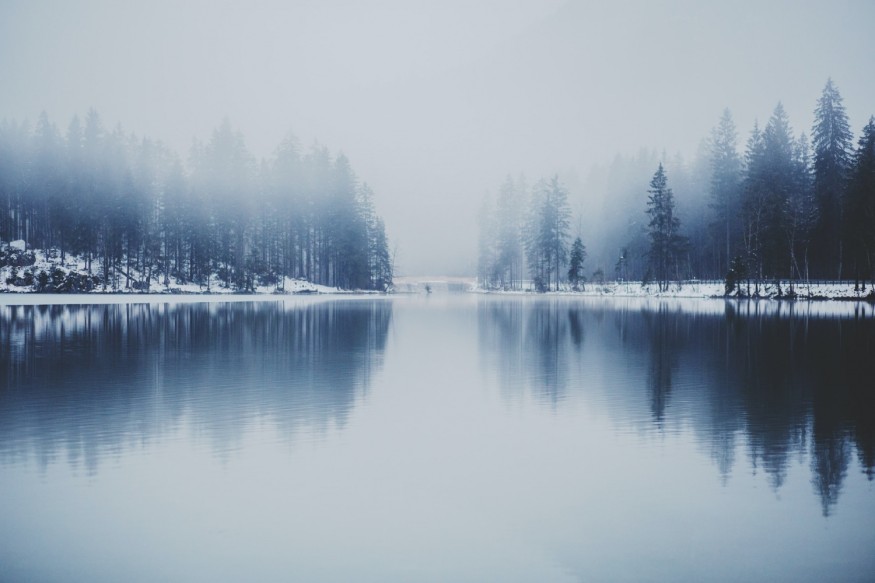Winter storm warnings with heavy snow and gusty winds have been issued across the Cascade Mountains region of the United States this weekend by the National Weather Service (NWS).
The most-affected locations are high-altitude areas but the looming early-season winter storm can cause widespread travel disruption across the region, where strong winds can bring down tree branches.
In the next few hours and days, low air visibility due to potential whiteout conditions caused by thick, blowing snowfall can affect both air and road travel.
These mentioned weather hazards can lead to dangerous driving conditions, with multiple accidents reported in previous wintry events.
In addition, power outages may also occur, affecting both home and business establishments.
Winter Storm Warning

In its new short-range forecast, the NWS starting that its winter storm warning will remain in effect at least until 10 p.m. PST (local time) on Saturday, November 11.
Under the warning, heavy snow above 4,500 feet is expected, with total snow accumulations of 1 to 2 feet until above 5,000 feet.
The snowfall will be accompanied by wind gusts as high as 50 miles per hour, making travel potentially "very difficult."
The weather service specifies that the winter storm warnings affect the Cascade Mountains part of Whatcom and Skagit counties in Washington state, including the Mount Baker Ski Area and Rainy Pass.
The said winter storm warning was initially issued at 6:28 p.m. PST on Friday, November 10, where meteorologists from the US weather agency that Washington Pass could experience serious winter weather conditions.
Severe Winter Weather Alerts
Earlier this week, the US issued severe winter weather alerts for some parts of Alaska and the Northeast US.
These alerts indicated that an early-season winter storm or snow storm has arrived into the northern tier of the country, even before the official start of the 2023 US winter season in December.
The recent winter weather forecasts in Alaska highlighted a brewing winter storm system was developing off its coast, affecting the central and southeastern parts of the state.
Meanwhile, the NWS also forecasted of freezing rain and snow that will hit New York City and other parts of the Northeast by midweek.
What is Winter Storm Weather?
Weather conditions that resemble parts or actual hazards of winter weather may occur even before or after the winter season.
Still, weather experts and forecasters still issue weather alerts like winter storm watches, warnings, and advisories.
According to the Federal Emergency Management Agency (FEMA), winter storm alerts and warnings are issued by regional NWS offices.
When it comes to forecasting winter storm weather, FEMA explains the following alerts issued should a winter or winter-like storm system approach the US:
- Winter Weather Advisory: issued when weather conditions are expected to cause significant hazards and inconveniences.
- Winter Storm Watch: issued 12 to 36 hours in advance when severe winter conditions may affect an area.
- Winter Storm Warning: issued when more than 4 or 6 inches of snow or sleet are expected in the next 12 to 24 hours.
© 2025 NatureWorldNews.com All rights reserved. Do not reproduce without permission.





